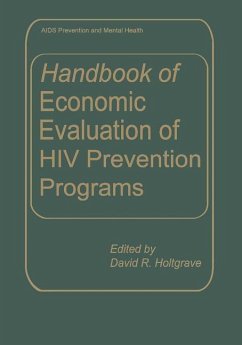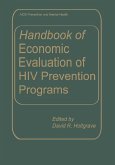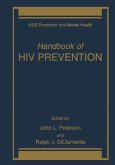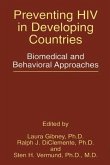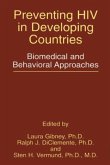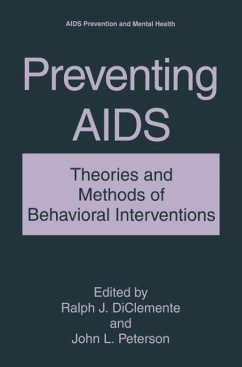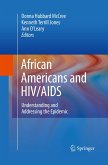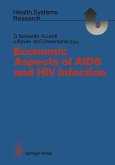If resources for HIV prevention efforts were truly unlimited, then this book would be en tirely unnecessary. In a world with limitless support for HIV prevention activities, one would simply implement all effective (or potentially effective) programs without regard to expense. We would do everything useful to prevent the further spread of the virus that has already claimed hundreds of thousands of lives in the United States and millions of lives worldwide. Unfortunately, funding for HIV prevention programs is limited. Even though the amount of available funding may seem quite large (especially in the United States), it is still fixed and not sufficient to meet all needs for such programs. This was very well illustrated in the summer of 1997 when over 500 community-based organizations applied for a combined total of $18 million of HIV prevention funding from the U.S. Centers for Disease Control and Prevention (CDC). Less than one-fifth ofthese organizations received support via this funding mechanism. Hence, although $18 million may seem like a large amount of money at first blush, it is not enough to meet all of the prevention needs that could be addressed by these community-based organizations.
`Overall, I would categorize the book as an excellent resource on the current literature in the economic evaluation of HIV-prevention programs. For a researcher, this [second] section offers a gold mine of background and reference material. The editor and individual chapter authors clearly put much thought and effort into compiling a comprehensive book on the subject ... its best use is that of a resource guide for background information and hypothesis generation.'
Medical Decision Making, 20:1 (2000)
`... for the researcher and economist, it is an excellent book to consult. Recommended for all academic libraries.'
AIDS Book Review Journal, 57 (2000)
`There are many strengths of Handbook of Economic Evaluation of HIV Prevention Programs including its thorough coverage of the cost-effectiveness evaluation model, the utility of this model for both evalatuion and policy-making regarding HIV prevention programming, and its organization and clarity making it useful to non-economist readers as well.'
Evaluation and Program Planning, 23 (2000)
Medical Decision Making, 20:1 (2000)
`... for the researcher and economist, it is an excellent book to consult. Recommended for all academic libraries.'
AIDS Book Review Journal, 57 (2000)
`There are many strengths of Handbook of Economic Evaluation of HIV Prevention Programs including its thorough coverage of the cost-effectiveness evaluation model, the utility of this model for both evalatuion and policy-making regarding HIV prevention programming, and its organization and clarity making it useful to non-economist readers as well.'
Evaluation and Program Planning, 23 (2000)
`Overall, I would categorize the book as an excellent resource on the current literature in the economic evaluation of HIV-prevention programs. For a researcher, this [second] section offers a gold mine of background and reference material. The editor and individual chapter authors clearly put much thought and effort into compiling a comprehensive book on the subject ... its best use is that of a resource guide for background information and hypothesis generation.'
Medical Decision Making, 20:1 (2000)
`... for the researcher and economist, it is an excellent book to consult. Recommended for all academic libraries.'
AIDS Book Review Journal, 57 (2000)
`There are many strengths of Handbook of Economic Evaluation of HIV Prevention Programs including its thorough coverage of the cost-effectiveness evaluation model, the utility of this model for both evalatuion and policy-making regarding HIV prevention programming, and its organization and clarity making it useful to non-economist readers as well.'
Evaluation and Program Planning, 23 (2000)
Medical Decision Making, 20:1 (2000)
`... for the researcher and economist, it is an excellent book to consult. Recommended for all academic libraries.'
AIDS Book Review Journal, 57 (2000)
`There are many strengths of Handbook of Economic Evaluation of HIV Prevention Programs including its thorough coverage of the cost-effectiveness evaluation model, the utility of this model for both evalatuion and policy-making regarding HIV prevention programming, and its organization and clarity making it useful to non-economist readers as well.'
Evaluation and Program Planning, 23 (2000)

